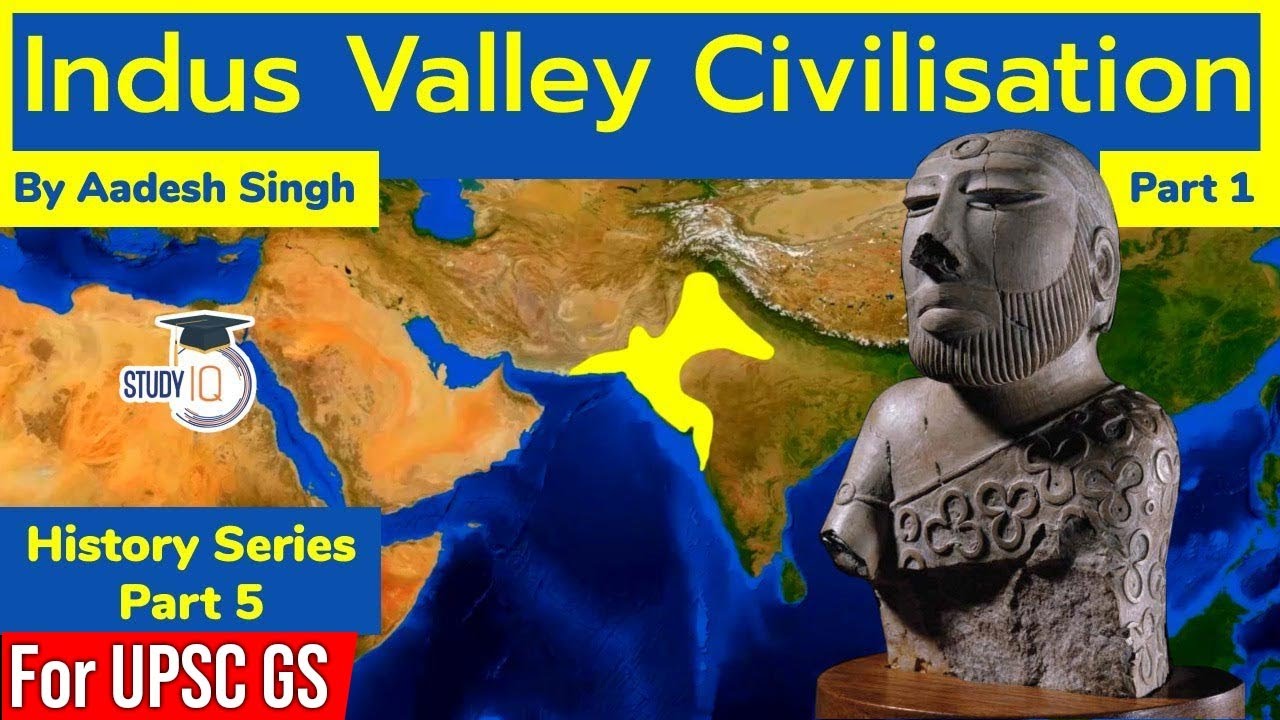Archaeological Ruins at Moenjodaro (UNESCO/NHK)
Summary
TLDRThe ancient city of Muen Jaro, part of the Indus civilization in southern Pakistan, showcases remarkable urban planning dating back to 2500 BC. This archaeological gem, discovered in 1922, features right-angled streets and an advanced water supply and sewage system. Despite its prosperity, the site faces ongoing threats from salt erosion and water damage, prompting restoration efforts by the Pakistani government and UNESCO since 1972.
Takeaways
- 🏺 The Indus civilization is one of the four greatest ancient civilizations, founded around 2500 BC.
- 🗺️ The archaeological site of Muen Jaro is located in southern Pakistan and is part of the Indus civilization's heartland.
- 🏰 Muen Jaro was discovered by chance in 1922 during the excavation of a partly revealed stupa.
- 🛣️ The city of Muen Jaro had a well-planned layout with streets crossing at right angles and a network of narrow streets.
- 💧 One of the outstanding features of the Indus civilization was its advanced water provision and sewage system.
- 🪣 The city had a complete water supply and sewage system, with sewage channels aligned with the roads.
- 🔖 Seals found at the site suggest trade with distant Mesopotamia, possibly used for marking traded items.
- 🌾 Muen Jaro's prosperity was based on fertile soil and floodwater, which are now ironically its greatest threats.
- 💧 Salt erosion is causing significant damage to the site, with saltwater rising and crystallizing on the bricks, leading to crumbling.
- 🔧 The Pakistan government, with UNESCO's support, started restoration efforts in 1972 to mitigate water-related threats.
Q & A
What is the significance of the archaeological site at Muen Jaro in the context of ancient civilizations?
-The archaeological site at Muen Jaro is significant as it is part of the Indus civilization, which is regarded as one of the four greatest ancient civilizations. It was founded around 2500 BC and represents a well-planned ancient city.
Where is the archaeological site of Muen Jaro located?
-The archaeological site of Muen Jaro is located in southern Pakistan, along with Harappa, which is located upstream. Together, they were the heartland of the Indus civilization.
How was the ancient city at Muen Jaro discovered?
-The ancient city at Muen Jaro was discovered by chance in 1922 during the excavation of a partly revealed stupa.
What were the characteristics of the city planning in Muen Jaro?
-The city planning in Muen Jaro was characterized by streets that crossed at right angles and a network of narrow streets spread across the residential district.
What is one of the outstanding features of the Indus civilization as it relates to Muen Jaro?
-One of the outstanding features of the Indus civilization, as seen at Muen Jaro, is the advanced water provision system, which included a complete water supply and sewage system.
What was the purpose of the holes in the second floor walls at Muen Jaro?
-The holes in the second floor walls at Muen Jaro were believed to have been used for waste disposal and drainage.
What have the seals found at the site of Muen Jaro been used for?
-The seals found at the site of Muen Jaro are believed to have been used to wrap and mark items for trade with distant Mesopotamia.
What natural resources contributed to the prosperity of Muen Jaro?
-The prosperity of Muen Jaro was founded on rich soil and floodwater, which were abundant in the region.
What is the current threat to the archaeological site at Muen Jaro?
-The current threat to the archaeological site at Muen Jaro is salt erosion, where saltwater rises to the surface and onto the bricks, causing them to crumble due to crystallization from strong sunlight.
What measures have been taken by the Pakistan government and UNESCO to protect the site at Muen Jaro?
-The Pakistan government, with support from UNESCO, started the restoration of the bricks in 1972. They also pump out and divert underground water away from the site to lower the water table.
Despite restoration efforts, what is the ongoing challenge at the site of Muen Jaro?
-Despite restoration efforts, the ongoing challenge at the site of Muen Jaro is that the water level remains high, and the site continues to be under threat.
Outlines

此内容仅限付费用户访问。 请升级后访问。
立即升级Mindmap

此内容仅限付费用户访问。 请升级后访问。
立即升级Keywords

此内容仅限付费用户访问。 请升级后访问。
立即升级Highlights

此内容仅限付费用户访问。 请升级后访问。
立即升级Transcripts

此内容仅限付费用户访问。 请升级后访问。
立即升级浏览更多相关视频

Mohenjo Daro 101 | National Geographic

Rise and Fall of Indus Valley Civilization

Rakyat Diutamakan! Bukan Agama & Pejabat! Semaju Apa Peradaban Indus Sebenarnya? |LearningByGoogling

Indus Valley Civilization (IVC) Geography | Complete Ancient History Through Animation | By Aadesh

Indus Valley Civilization | Early Civilizations | World History | Khan Academy

Indus Valley Civilization Part 1 - Ancient India History for UPSC | Harappa Civilization
5.0 / 5 (0 votes)
